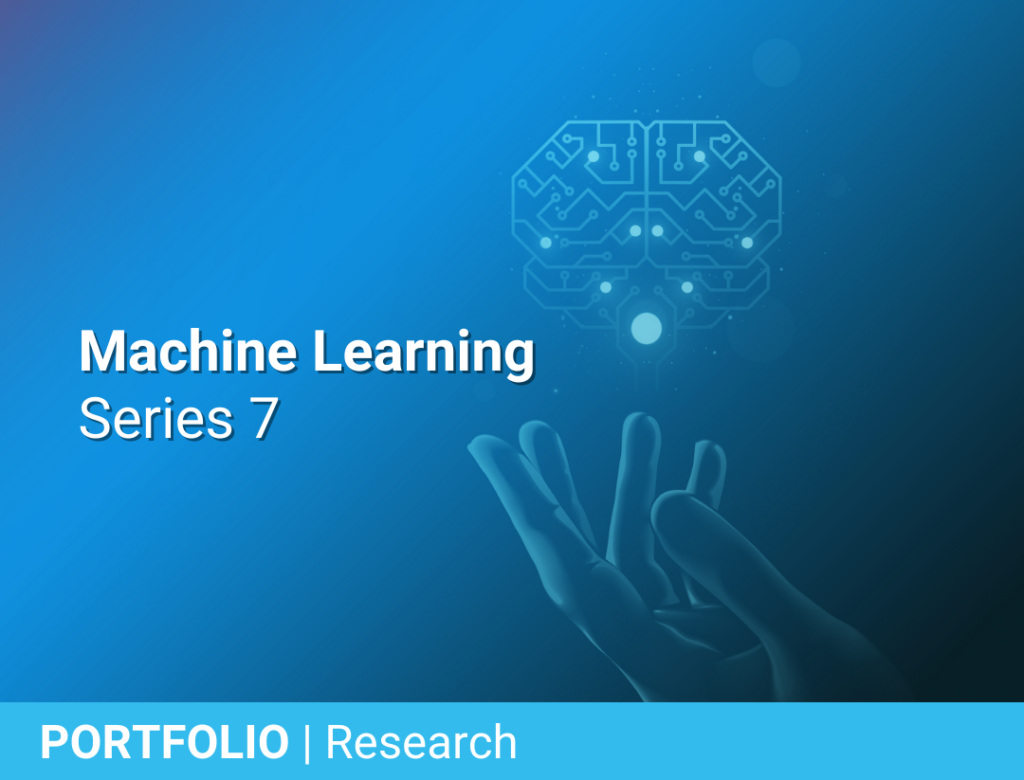Today, more and more companies are using machine learning. However, there are still many reservations about machine learning and a need for more acceptance and trust.

It is generally accepted that this is crucial for the long-term success of AI in companies. The fact that algorithms can increasingly pronounce better decisions than human decision-makers or ultimately make decisions can lead to unease among users.
To this end, it is even more critical that machine learning processes are transparent to their users so employees can evaluate and trust its results.
In the Digital Peacemaker Podcast, our CEO Mark gave a great example illustrating why you should be aware of the power of using AI in your company.
A Small Case study
Mark referred to an article by the ING Bank.
They have published a study showing that they have many IT projects that unfortunately have budget overruns.
They wanted to determine the variables that led to such budget overruns. What type of environments lead to projects that overrun and what is the ideal setting for creating projects that don’t have budget overruns?
Their analysis concluded that projects that are very transparent about costs have a much lower probability of leading to overruns than projects that describe the costs only in 2-3 lines.
Unexpectedly projects with many people working on them also had a higher probability of budget overruns. This is different from what they initially expected, as one would assume that there would be more expertise in larger projects and the issue of budget overruns would be better under control.
Based on these findings and additional data sources, we used machine learning to create a model that predicts whether projects will be cancelled.
To do this, we start by collecting all the available data about a project. We then consider what data can be inputted into the model.
Some data should also be excluded. For example, if a project manager was responsible for a project that failed, it does not mean that all projects for which that project manager is responsible will fail.
All in all, dozens of different variables were inputted. Models were then generated to determine whether a project would likely be cancelled. This gives you a clear view of the likelihood of whether a project will be cancelled, enabling you to make better strategic decisions.
This was also discussed in the Digital Peacemaker podcast. Ulrich Irnich from Vodafone brought a pictorial explanation.
“I always say it’s a bit like being in the cockpit, we look at the instruments that tell us some things when we’re flying through the sky, and yet it’s up to us to decide whether we fly right and left.”
Machine learning should be seen much more as an additional tool that can make objective decisions for companies. The more you can then “let go” of the control the more this is the confirmation that you can now let the algorithm fly all by itself. The more the algorithm could therefore perhaps take over activities that do not bring any direct added value in the direction of the customer or portfolio.
Machine learning can also be supervised. You look at what results the algorithm sends out and see for yourself whether it is right or wrong and thus supplement the results of the algorithm, so to speak.
Or you let the algorithm run completely uncontrolled and see what is produced.
What is the right way to integrate AI and ML?
This topic was also discussed in the Digital Peacemaker podcast. Ulrich Irnich from Vodafone gave a great explanation.
“I always say it’s a bit like being in the cockpit, we look at the instruments that tell us some things when we’re flying through the sky, and yet it’s up to us to decide whether we fly right or left.”
Machine learning should be seen much more as an additional tool that can suggest or even make objective decisions for companies.
As a first step in integrating it into your business, machine learning can be used to review decisions and results and offer recommendations to adapt your business decisions and improve outcomes.
Over time, automated models can receive more data and “learn to fly” by themselves. You can then learn to “let go” of the controls.
How does Uffective use Machine Learning?
At Uffective, we see machine learning as an expert co-worker who can guide you and help you to make better decisions.
Here are a few examples of how Uffective uses machine learning:
- Assign the best team for an upcoming project. Uffective uses machine learning to predict which team will be best for a project based on completed projects. It is also possible to predict how long the project will take, who is available and how long it will take.
- Using machine learning, Uffective allows you to analyse previous projects’ success and predict future projects’ outcomes. Based on this data, you can make better decisions at the board level.
- Machine learning also allows you to use similarity detection. You can find out if colleagues have worked on similar projects previously or are currently working on them. This can prevent repetition and help you gain insights and understanding, saving time, resources and costs.
Want to know more? Contact us today and find out more ways about how Uffective can help you to utilise machine learning.







